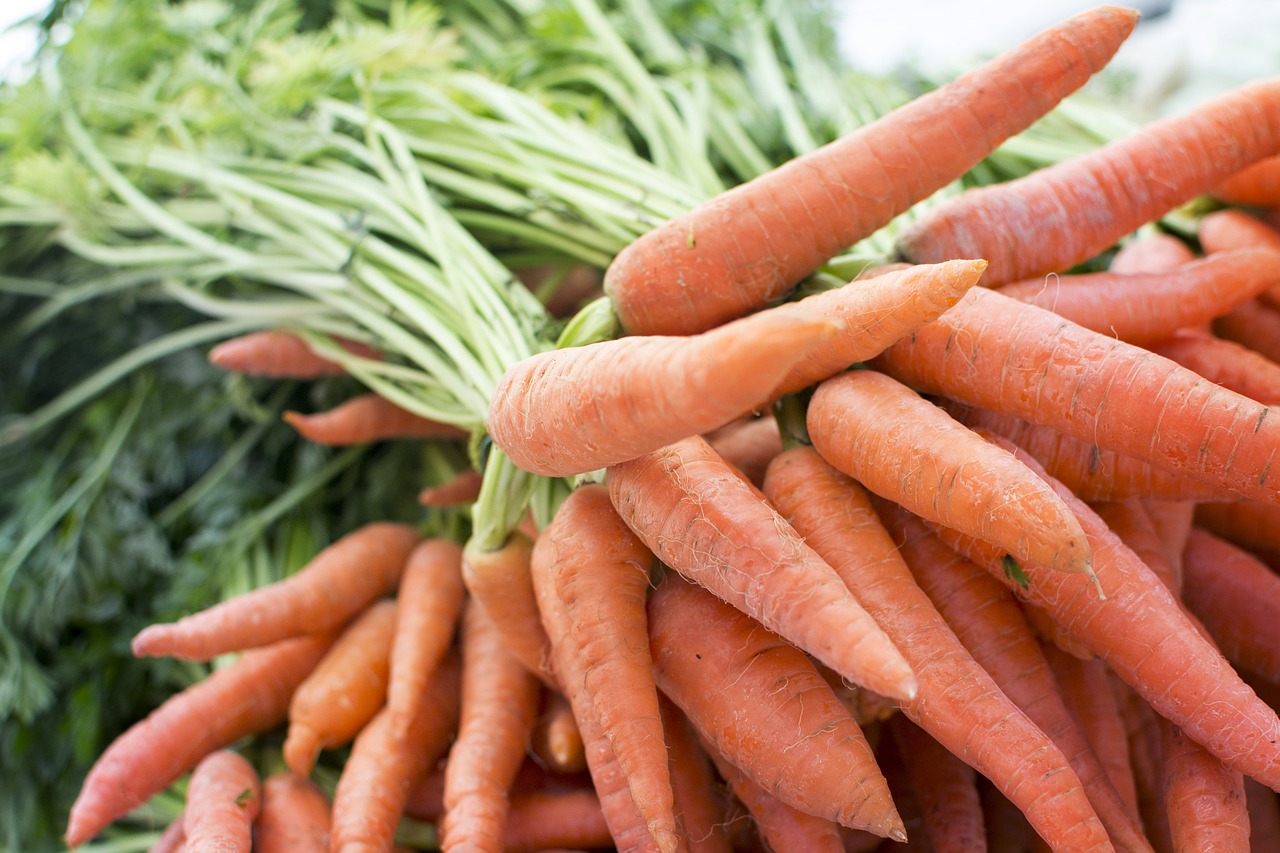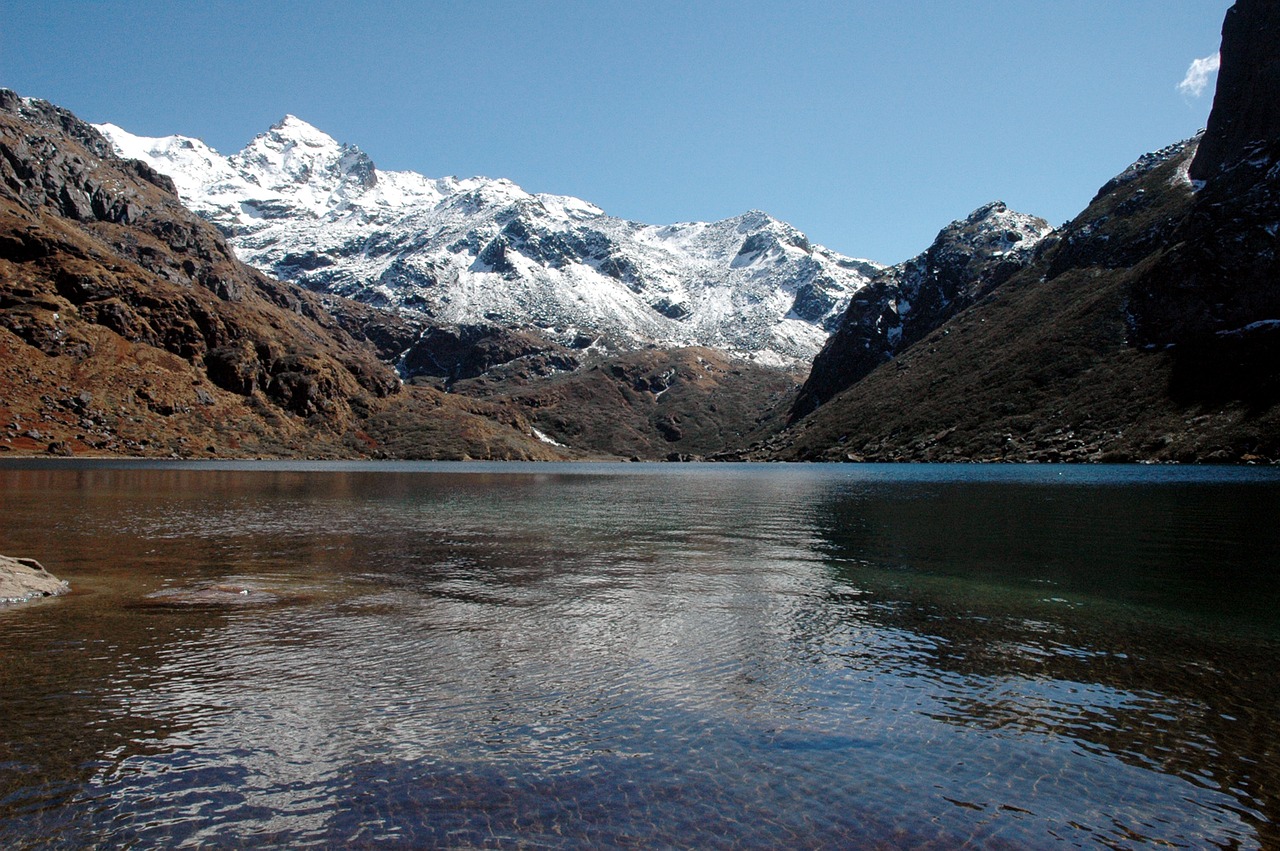Interventions under the National Food Security Mission

Background:
- National Food Security Mission (NFSM) is a Centrally Sponsored Scheme launched in 2007 based on the recommendations of the agriculture sub-committee of the National Development Council (NDC).
- The committee pointed out the need for improved agricultural extension services, technology transfer and decentralized planning as a result of which NFSM was conceptualized as a mission mode program.
Linkage:
- Cluster Demonstrations and Improved Practices: Assistance is extended to farmers through States/Union Territories to conduct cluster demonstrations that showcase improved packages of agricultural practices.
- Seed Production and Distribution: High-yielding varieties and hybrids are developed, produced, and distributed to farmers to enhance the quality and quantity of agricultural output.
- Farm Mechanization and Resource Conservation: The implementation of modern and efficient farm machinery and resource conservation tools fosters enhanced agricultural practices while optimizing resource utilization.
- Plant Protection and Nutrient Management: Measures to safeguard crops against pests and diseases, coupled with effective nutrient management and soil amelioration strategies, contribute to healthy plant growth.
- Focused Approach to Oilseeds Production: To bolster oilseed production and achieve self-sufficiency in edible oil, the NFSM-Oilseeds initiative is designed.
Current News:
- Recently, the Union Minister of Agriculture and Farmers’ Welfare provided valuable insights into the developments under the National Food Security Mission during a written reply in the Lok Sabha.
- India’s agricultural sector is vulnerable to various challenges such as unpredictable weather patterns due to climate change, pest infestations, and soil degradation.
- Over-reliance on a few staple crops limits dietary diversity. A diverse diet is essential for proper nutrition, and the emphasis on a few crops like rice and wheat can contribute to malnutrition.
- Rising Food Prices: Fluctuations in global and domestic food prices can make essential food items unaffordable for vulnerable populations.
Impact:
- Agroecological Zoning: Create detailed agroecological zoning maps using advanced geospatial analysis. This would help identify the most suitable crops for specific regions based on their natural characteristics, thus optimizing resource use and reducing the risk of crop failure.
- Edible Landscaping in Urban Areas: Encourage urban residents to convert their lawns and unused spaces into edible landscapes, growing fruits and vegetables.
- Nutrient Recovery from Wastewater: Implement systems to extract nutrients from wastewater and organic waste, then convert these nutrients into fertilizers.
- Artificial Intelligence Pest Detection: Develop AI-powered cameras and sensors that can detect pest and disease outbreaks early by analyzing subtle changes in plant health, allowing for targeted interventions and reducing the need for widespread pesticide use.








